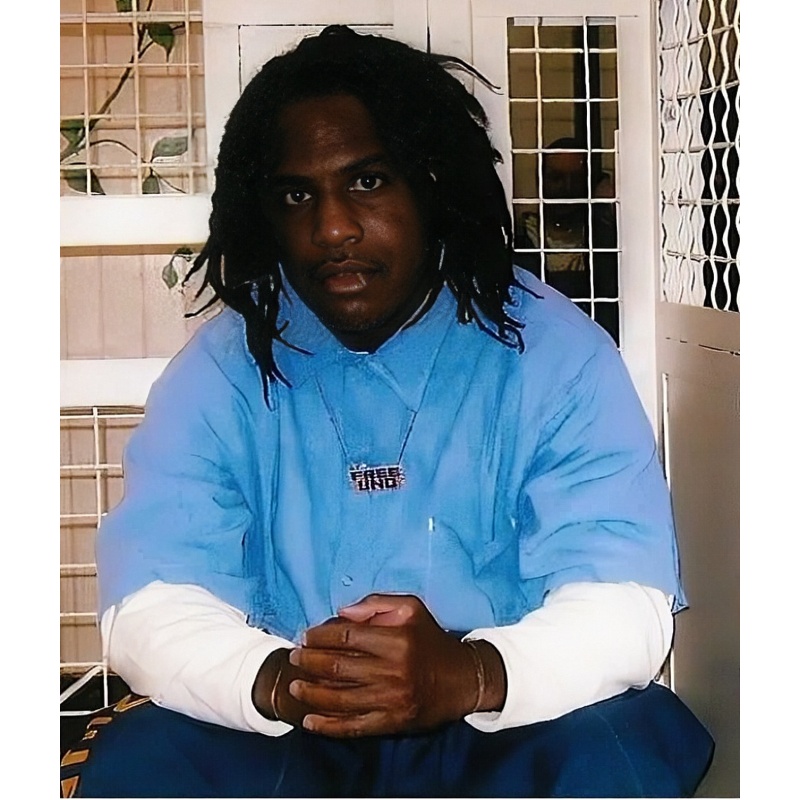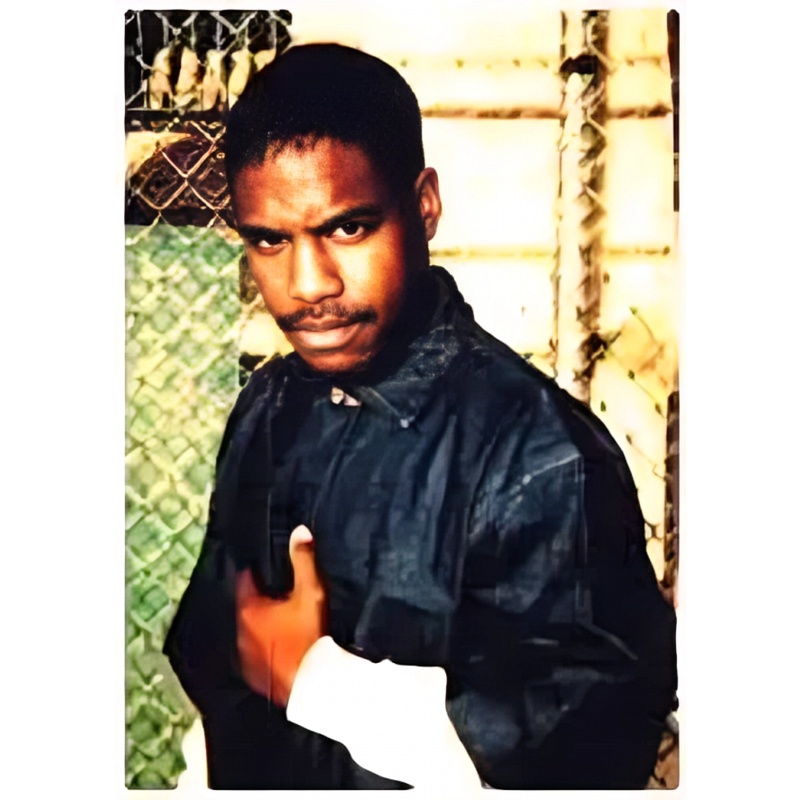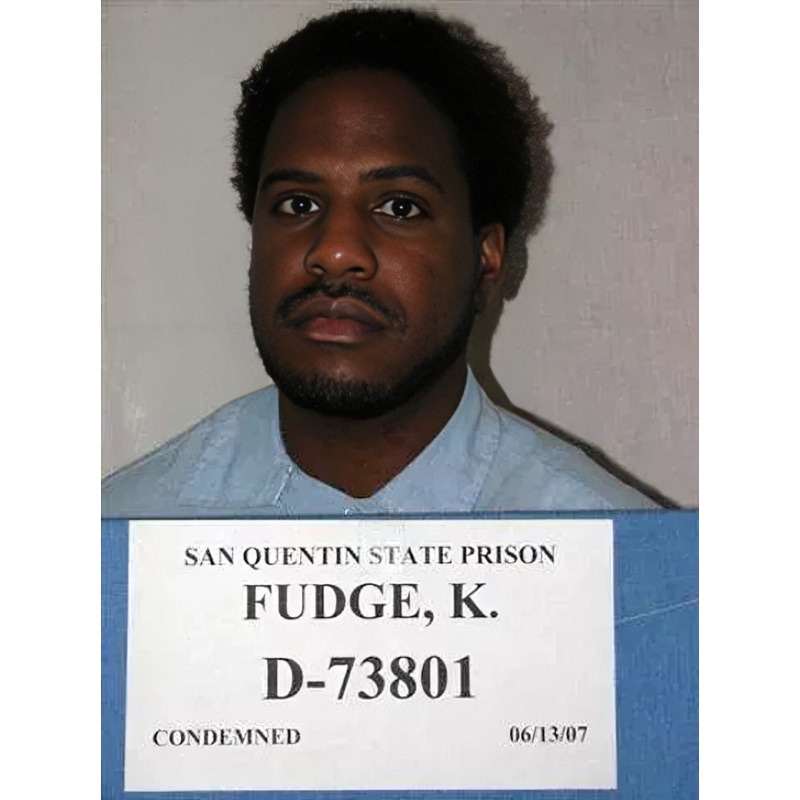KEITH TYRONE FUDGE | Teenage Gang Member Known As “Ace Capone” Sentenced To Death For Five Counts Of Murder And Six Charges Of Attempted Murder In An Attack Police Say Was A Revenge Raid On A Crowded Birthday Party | ALS
LongfellowSerenade 27
Keith Tyrone Fudge, also known as “Ace Capone,” was a notorious figure in Los Angeles who became involved in gang-related activities at a young age. At 18, he was charged with five counts of murder and six counts of attempted murder following a tragic event in 1984. Fudge was implicated in a shooting at a South Los Angeles party that resulted in the death of five young individuals and injuries to six others. The motive behind the shooting was believed to be retaliation for the theft and vandalism of Fudge’s car earlier that day. The severity of the crimes led to the possibility of Fudge facing the death penalty if convicted. The case against Fudge was built on the testimonies of several witnesses, including one who was visibly frightened to identify him in the courtroom. Despite the fear and tension surrounding the trial, the evidence presented was compelling enough for the court to order Fudge to stand trial. His biography serves as a cautionary tale about the consequences of choosing a path of crime and violence.
$20.00
- Postage
-
$0.00 to United States
Standard Shipping
Get Additional Rates
- Select Country
- Zip/Post Code
- Quantity
Description
Keith Fudge. Autographed Letter, Signed. Handwritten, Commercial #10 (4.125 × 9.5 envelope). Sacramento, CA. August 5, 2024. Content unknown. SEALED
Keith Tyrone Fudge, also known by his street name “Ace Capone,” was involved in a notorious criminal case that took place in Los Angeles County. He was charged with five counts of first-degree murder and five counts of attempted murder, along with various enhancement allegations and a multiple-murder special-circumstance allegation.
Background and Crimes: The charges against Fudge stemmed from a violent incident on October 12, 1984, which resulted in the deaths of Darryl Coleman, Diane Rasberry, Percy Brewer, Shannon Cannon, and Phillip Westbrook. Additionally, five other individuals were wounded in the shooting. The crimes were rooted in a longstanding feud between two major Los Angeles street gangs, the Bloods and the Crips, with Fudge being identified as one of the leaders of the Van Ness Gangsters, a sect of the Bloods.
Legal Proceedings: During the first trial, after 56 hours (about 2 and a half days) of deliberation, the jury was deadlocked, leading to a mistrial. In a subsequent retrial, the attempted murder charges were dismissed, and Fudge was convicted of five counts of first-degree murder. The jury also found true the enhancement allegations that Fudge personally used a firearm in the commission of the murders. Moreover, the jury sustained the multiple-murder special-circumstance allegation.
Penalty Phase: At the conclusion of the penalty phase of the trial, the jury determined that Fudge should receive the death penalty. This decision was affirmed upon appeal, and the guilt and penalty judgments were upheld in their entirety.
Significance: The case of Keith Tyrone Fudge is significant due to the extreme violence involved and its association with gang rivalry, which has been a persistent issue in certain areas of Los Angeles. It highlights the tragic consequences of gang warfare and the legal system’s response to such acts of violence.
The Van Ness Gangsters, also known as VNG or VNGB, are a predominantly African American street gang located on the west-side of South Los Angeles, particularly around 54th Street and Van Ness/Arlington streets. They are part of the Bloods alliance and fall under the Brim umbrella, which includes several other Blood sets. The gang has been active for several decades and is known for its involvement in various criminal activities, including drug trafficking, violent crimes, and gang warfare.
Key Points about the Van Ness Gangsters:
Territory: Their territory is situated in a region that has been historically impacted by gang violence and rivalry, especially between the Bloods and Crips.
Alliances: The Van Ness Gangsters are aligned with the Brim alliance and have recently become part of the FHN alliance, which includes the Fruit Town Brims, Harvard Park Brims, and Van Ness Gangsters.
Rivalries: They have longstanding feuds with various Crip sets, and these conflicts have often resulted in violence and homicides.
Community Impact: The presence and actions of the Van Ness Gangsters have had significant social and economic impacts on the communities in which they operate, contributing to cycles of poverty and crime.
The gang’s notoriety increased following high-profile criminal cases involving their members, such as the case of Keith Tyrone Fudge, who was convicted of multiple murders in the 1980s. The Van Ness Gangsters’ activities have been documented in various media, including news articles and documentaries, which provide insights into their operations and the broader context of gang culture in Los Angeles.
For a more in-depth understanding of the Van Ness Gangsters, one could explore documentaries, academic studies on gang culture, and legal records that detail specific cases involving the gang’s members. It's important to approach such information with an understanding of the complex social dynamics that contribute to gang membership and activity.
VIDEO: Van Ness Gangsters Rollin 50 Brim Joe Moses Gang History (Los Angeles) | https://youtu.be/0RsYGD-GNgM
VIDEO: The Story Of How Van Ness Gangster Brim Ase Kapone Killed Hoover Crips | https://youtu.be/XfJz_9nv_ic
VIDEO: Who Started the Bloods? | Vaness Gangster Brims | https://youtu.be/UIVmfCb-9lM
Archiving Protocol:
• Handled with White Gloves ab initio
• Photo Pages/Sheet Protectors: Heavyweight Clear Sheet Protectors, Acid Free & Archival Safe, 8.5 × 11, Top Load
• White Backing Board—Acid Free
Shipping/Packaging: Rigid Mailer 9.5 × 12.5. White, self seal, stay flat, Kraft cardboard, no bend. Each rigid mailer is made of heavy cardboard, which has strong resistance to bending and tearing. Thicker that the USPS mailers. Shipping cost never more than it absolutely has to be to get it from me to you.
Payments & Returns
- Payment Methods
- PayPal, Money Order
Postage & Shipping
- Item Location
- 49858, Michigan, United States
- Ships To
- Worldwide
- Pick-ups
- No pick-ups
- Shipping Instructions
- Shipping costs to international destinations will be applied to this auction. Please contact us if you have any questions about shipping to your location.
- Returns Accepted
- No









-500x500.jpg)
-500x500.jpg)